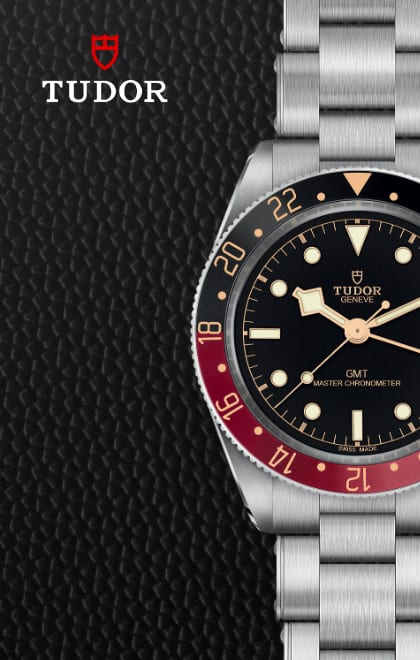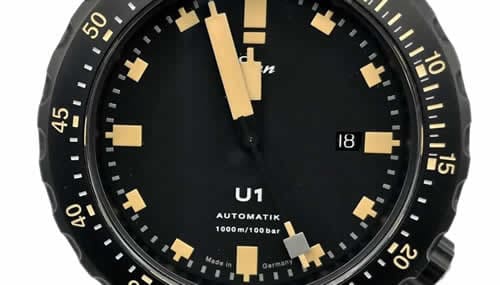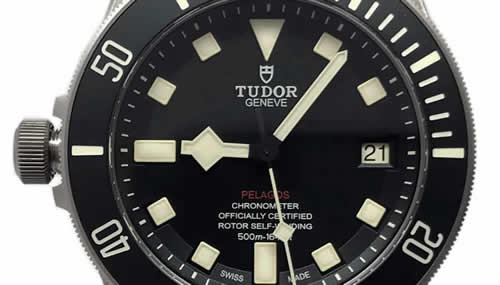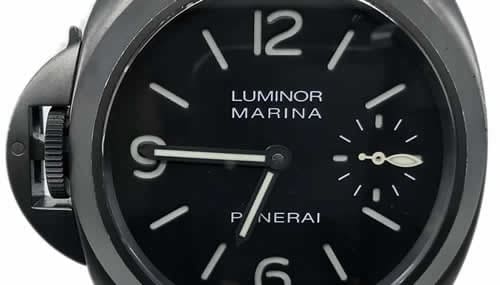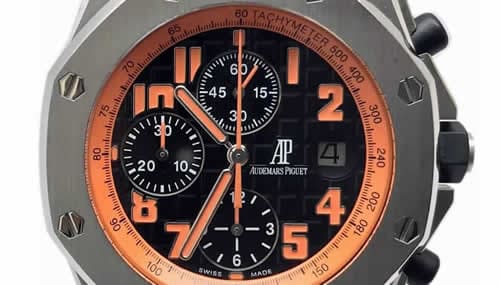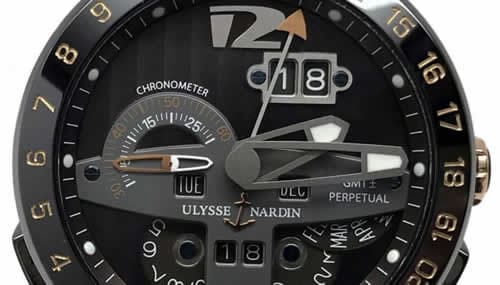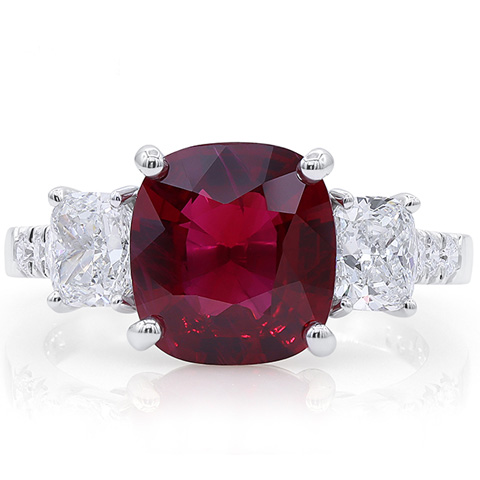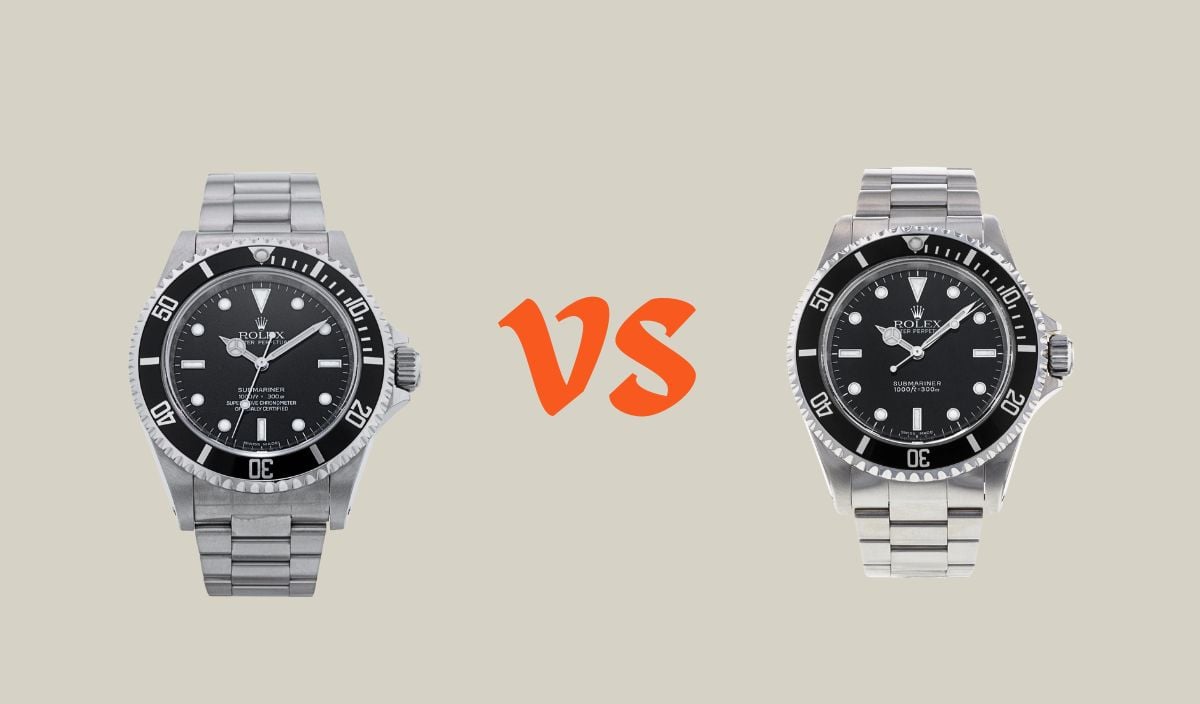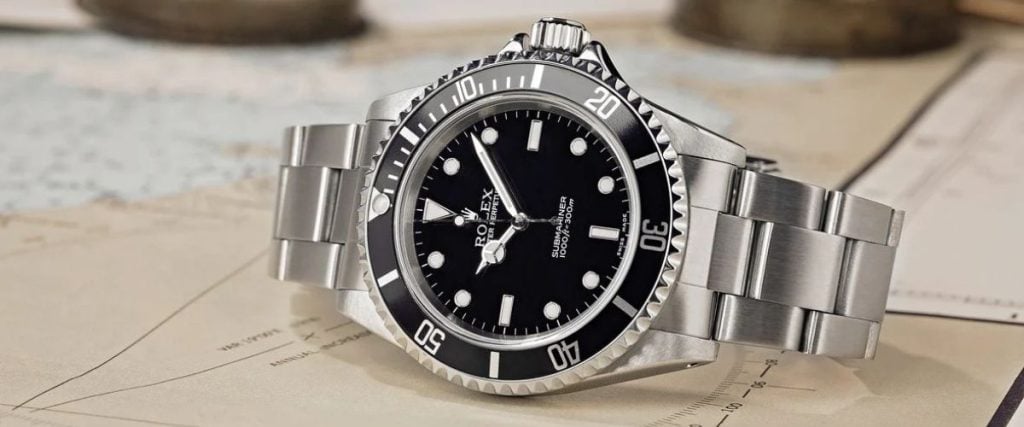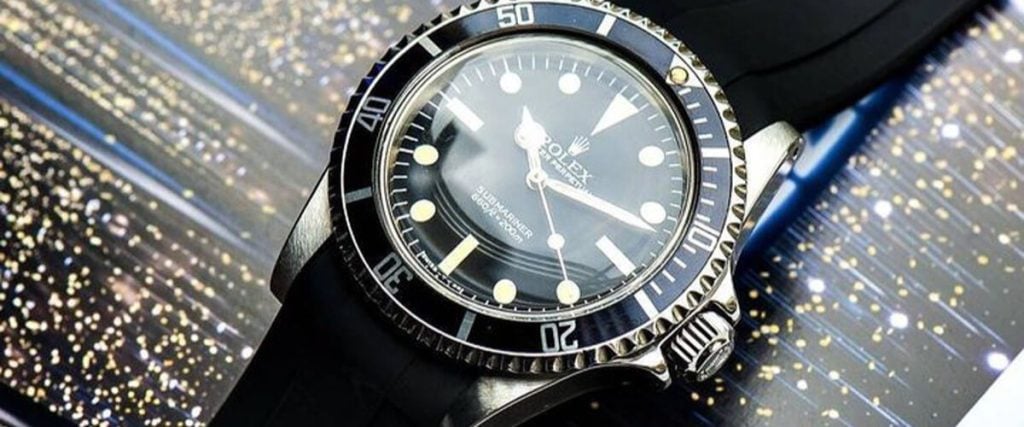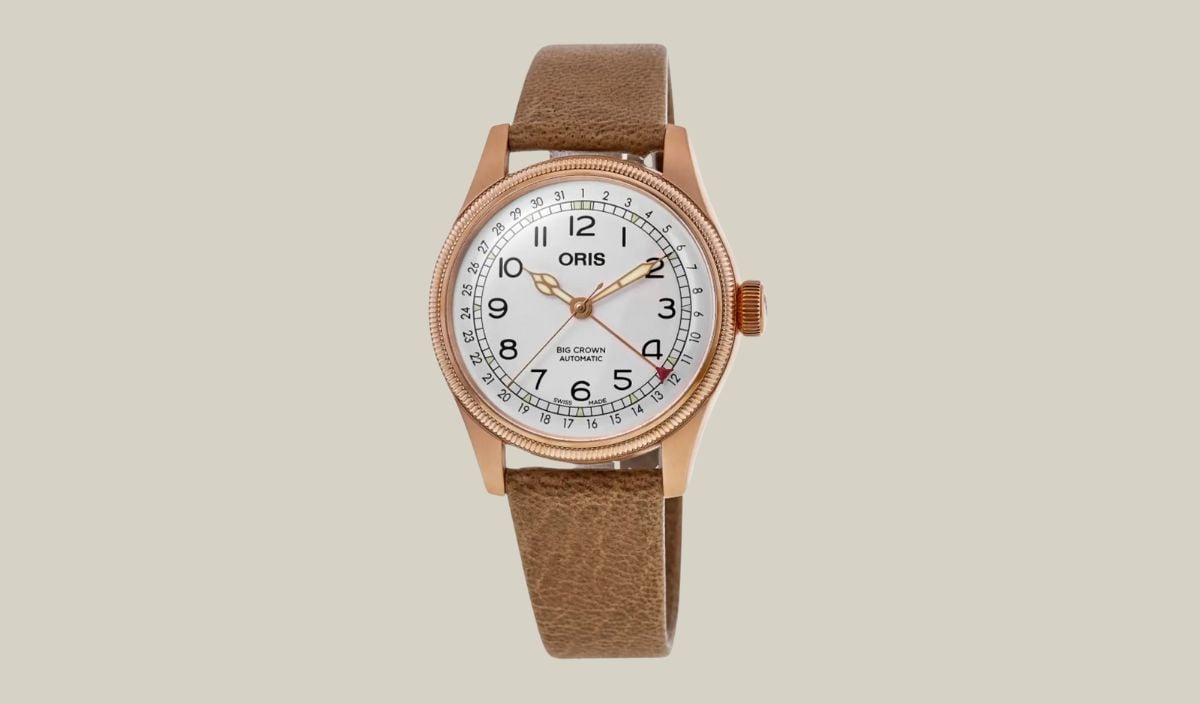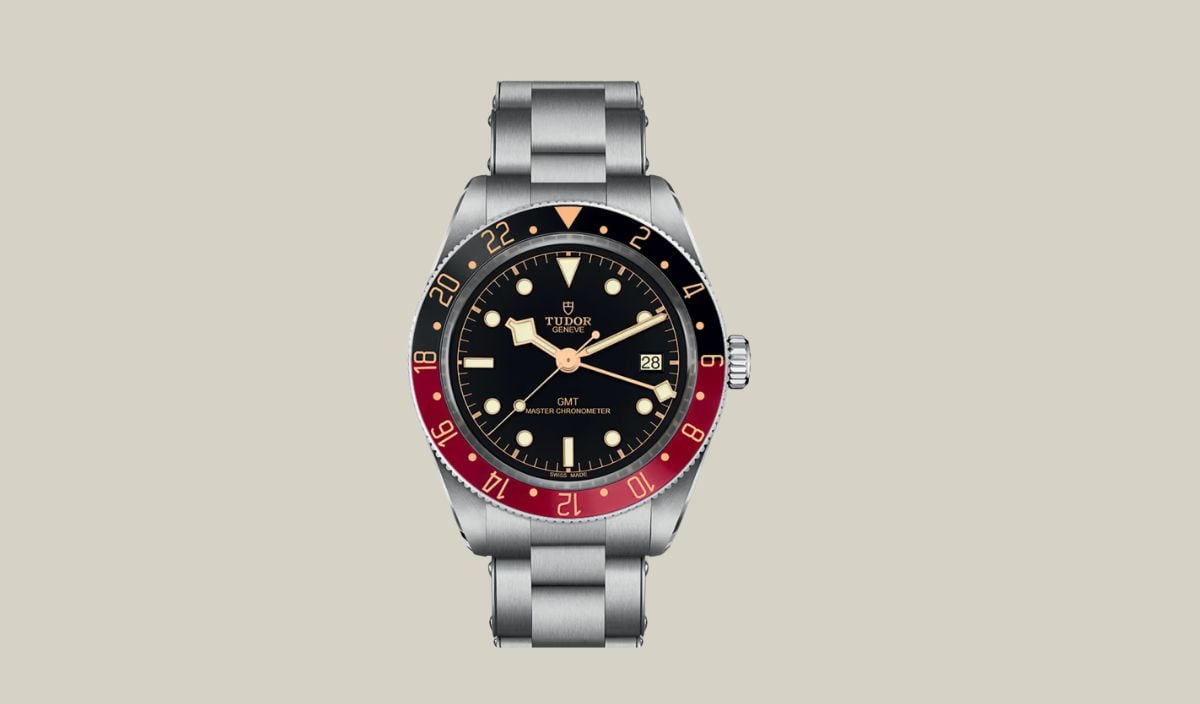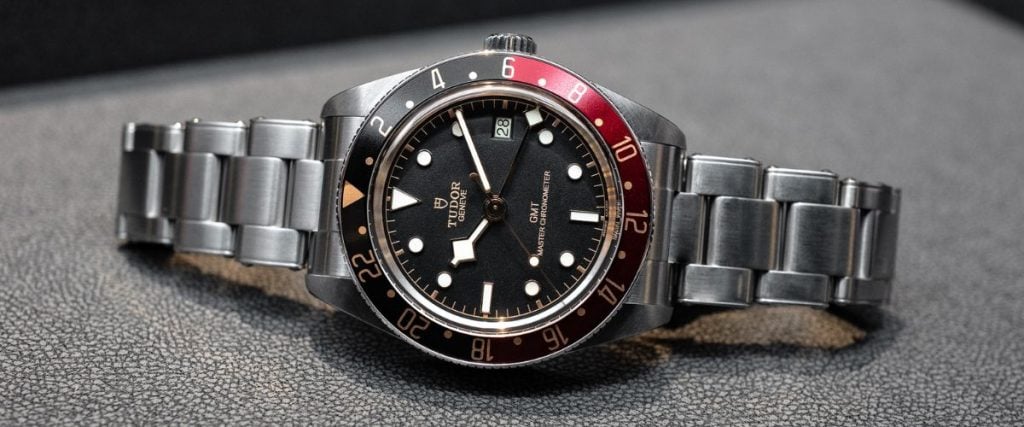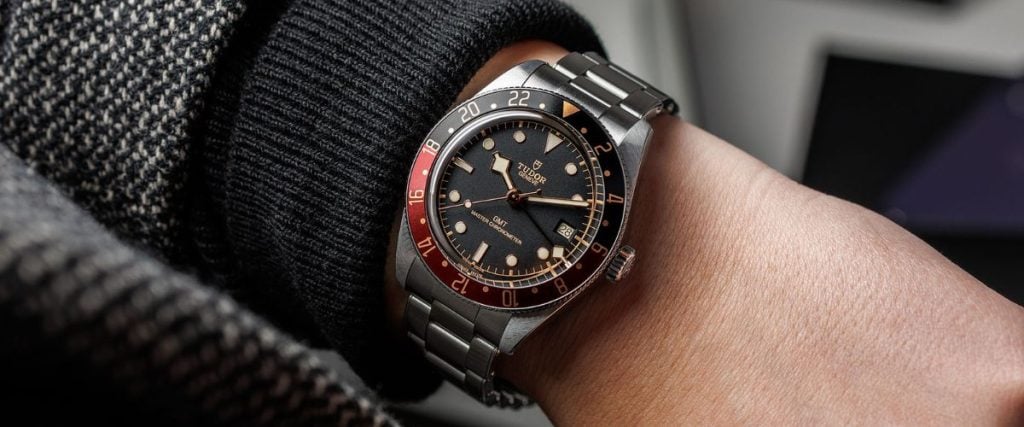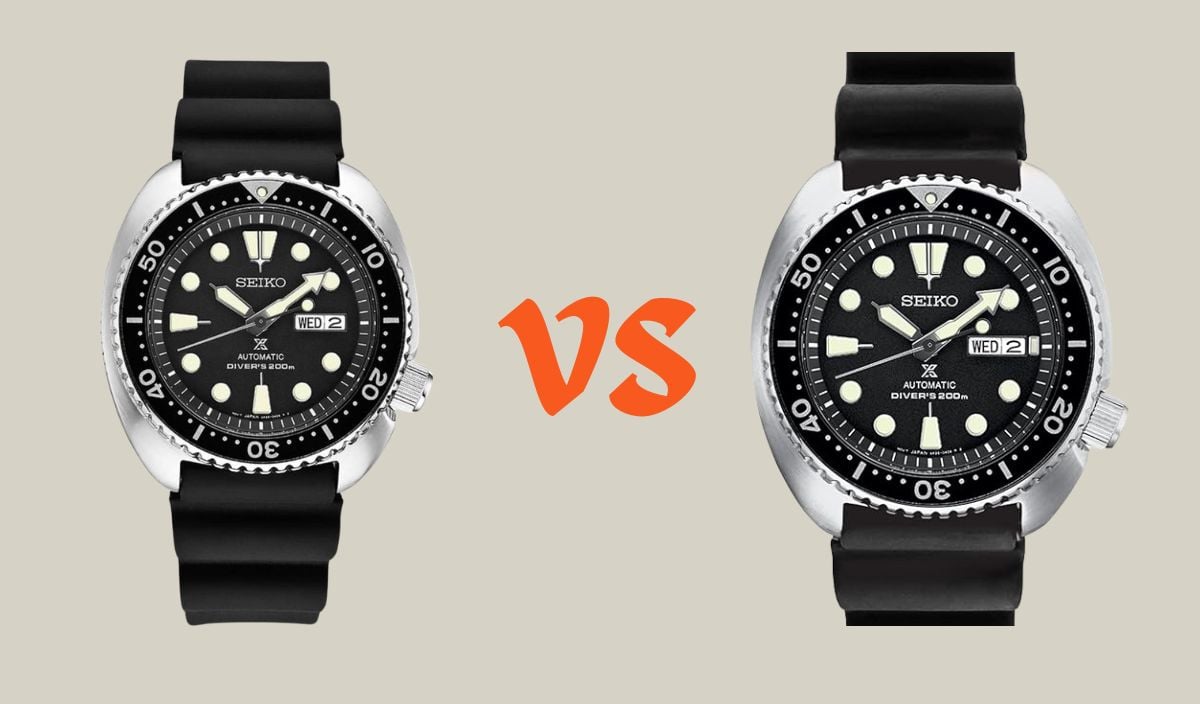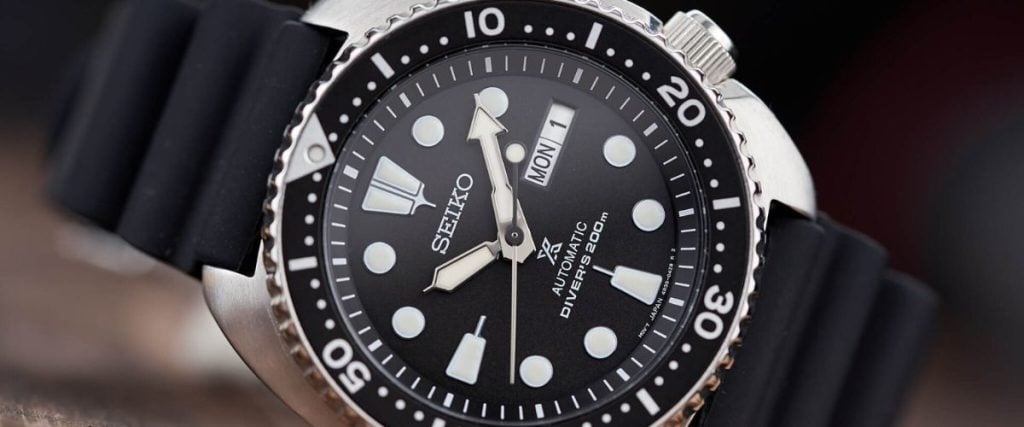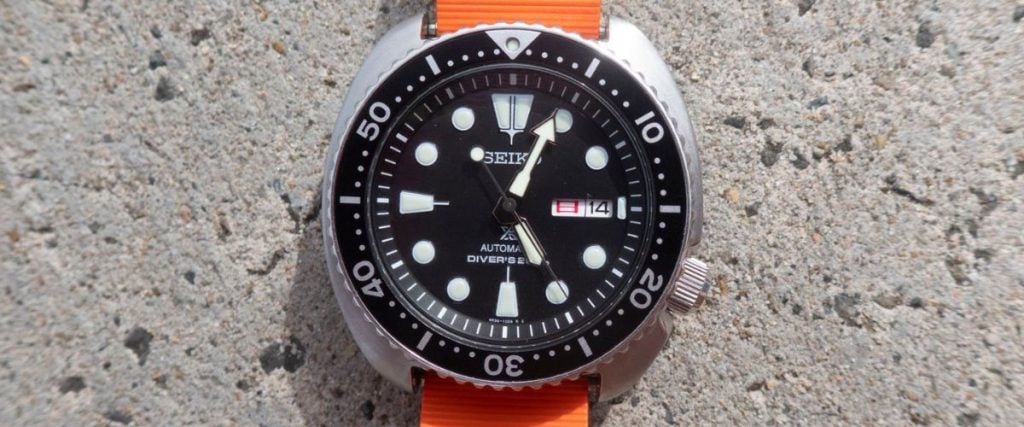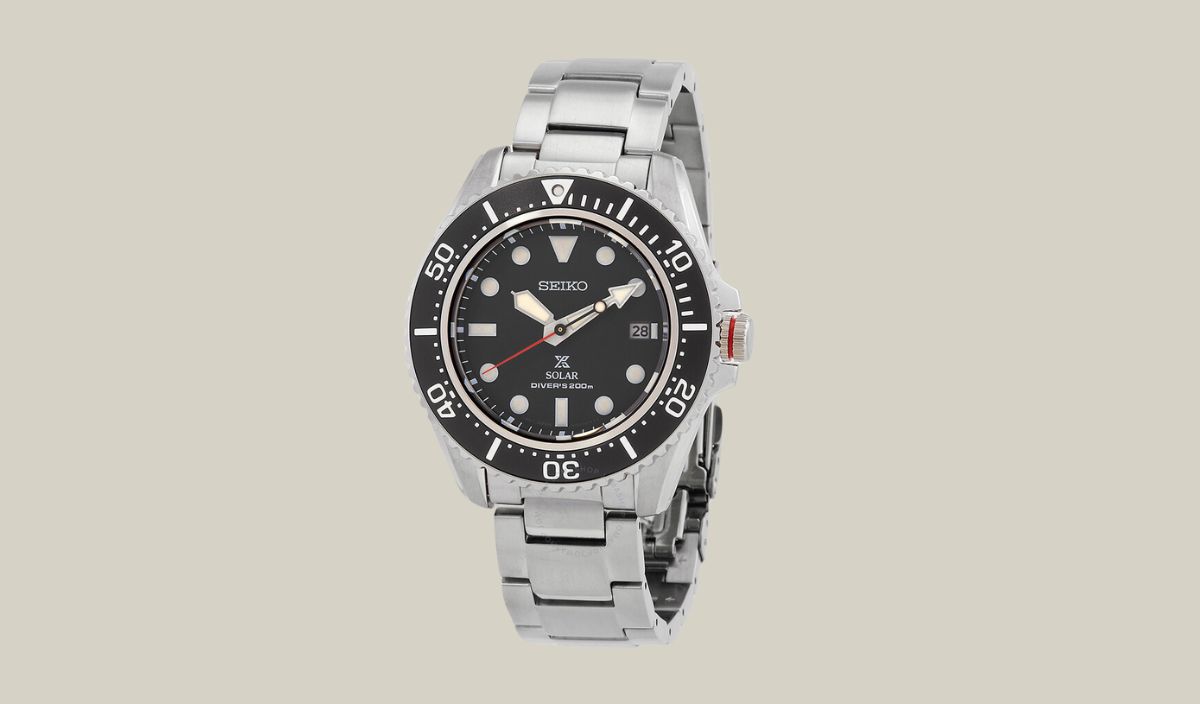
If you’re even remotely into dive watches, Seiko is a name that needs no introduction. The brand has been churning out legendary divers for decades, and the Prospex SNE589 is one of the latest in that lineage. It’s a solar-powered, no-nonsense tool watch with all the classic Seiko DNA.
But here’s the thing—classic Seiko DNA is exactly that: classic. And sometimes, it can feel like a repeat. The same bold case, the same familiar look. But if something works, why change it?
The real question is, does this formula still work? Is it an aesthetic we’ve grown bored of, or is there more going on here than meets the eye?
Is the Seiko Prospex Divers SNE589 watch just another run-of-the-mill Seiko, or has the brand slipped in some magic that makes this one worth your time? These are exactly the kind of questions I’m going to be answering in today’s review.
Seiko’s History With Dive Watches
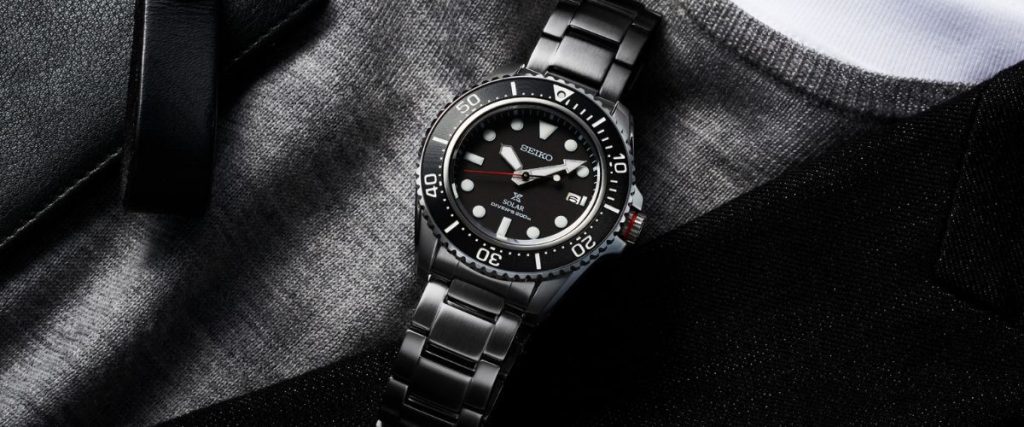
Seiko’s history with dive watches dates back to 1965, when they introduced the legendary 62MAS (Ref. 6217-8001). This was Japan’s first professional dive watch, featuring a 150 meter water resistant stainless steel case, a simple yet highly legible dial, and an automatic movement.
It set the foundation for Seiko’s future dive watches, combining functionality with rugged reliability. Today, the 62MAS remains a sought-after collector’s piece, and its design influences many modern Seiko divers.
Following the 62MAS, Seiko continued innovating with the release of the 6105 in 1968. This watch, often nicknamed the “Willard” after its appearance in Apocalypse Now, was a favorite among soldiers during the Vietnam War due to its durability and affordability.
It featured a cushion-shaped case, 150 meter water resistance, and an upgraded movement with hacking seconds.
Then came the 6309 in the late 1970s, another cult classic. With its round case, integrated crown guards, and 150 meter water resistance, it became a favorite among recreational divers and remains one of the most recognizable Seiko divers to this day.
It also marked the beginning of Seiko’s iconic “Turtle” design with its overly round shell-like case which continues to be a staple in their lineup.
In 1975, Seiko took dive watch technology to new heights with the introduction of the “Tuna” (Ref. 6159-7010). This was Seiko’s answer to deep-sea diving needs, boasting a monocoque titanium case, a protective shroud, and an incredible 600 meters of water resistance.
The Tuna series has since evolved, with modern iterations reaching depths of 1000m while retaining the original’s iconic design.
Seiko didn’t stop there. The 1980s saw the release of the H558-5000, better known as the “Arnie” due to Arnold Schwarzenegger sporting it in movies like Predator and Commando.
This was the first analog-digital hybrid dive watch, featuring a built-in alarm, chronograph, and dual time functionality. It was a futuristic timepiece ahead of its time and remains a fan favorite even today.
Seiko has continued to innovate, refining their dive watch designs while staying true to their roots and the Seiko Prospex SNE589 is a perfect example of that.
Sure, it still maintains all the necessary traits of a good diver’s watch but it’s also a watch in its own right. It’s not too oversized like Tuna nor is it futuristic like the Arnie. It’s almost the perfect balance of everything; modern but classic, simple but functional.
The Seiko Prospex was launched in 2022 as part of the Japanese watchmakers’ Prospex Solar Diver lineup. This innovative family brought a modern, eco-friendly twist to the brand’s dive watch heritage by introducing three solar-powered models: the black SNE589 (the model we’re reviewing today), the Pepsi-bezel SNE591 and the blue SNE593.
Each features a 42.8mm stainless steel case, a sleek flat dial, and the reliable V157 solar caliber. Unlike some of Seiko’s previous solar divers, they also ditch the date magnifier for a cleaner look, something that’s bound to divide opinions among fans.
Case
The case of the Seiko Prospex SNE589 follows classic Seiko design principles, and if you’ve ever worn an SKX, you’ll feel right at home. Measuring 42.8mm in diameter, 10.7mm thick, and with a lug-to-lug of 49.2mm, it has that perfect balance of wrist presence and wearability.
It’s substantial enough to feel like a real tool watch but compact enough for everyday use. Seiko knows how to make a dive watch that hugs the wrist, and this one is no exception.
The case shape sits somewhere between two of Seiko’s most famous designs. It’s not as rounded as the Turtle, nor as aggressively angular as the Samurai.
Instead, it strikes a middle ground with a barrel-shaped silhouette that combines soft edges with enough sharp corners to keep things modern. It’s a great mix of vintage inspiration and contemporary execution.
The finishing is typical of a Seiko diver in this price range with mostly brushed surfaces for that rugged, tool-watch look, with just enough polished accents to keep it from feeling dull. The brushed finishing extends across the lugs, while the polished case sides give a subtle contrast, catching the light nicely.
Then there’s the bezel. It’s a proper unidirectional rotating bezel with a 60-minute diving scale, finished in black with crisp white printing.
It has a knurled edge for easy grip, even with diving gloves on, and a pearlescent pip at 12 o’clock for quick orientation in low-light conditions. The action is what you’d expect from a Seiko at this level, firm but smooth, with minimal back play.
The crown is positioned at 3 o’clock and screws down tightly to ensure a full 200 meters of water resistance. It’s easy to grip, and Seiko adds a little detail that enthusiasts of striking design will appreciate, a red rubber gasket that not only adds to the water-tight seal but also ties in nicely with the red seconds hand on the dial.
It’s only a small hint of colour but one that makes a huge difference to the overall aesthetic of this Seiko Prospex, giving it a little more oomph compared to an all-black and steel model.
The caseback of the Seiko SNE589 is solid and screw-down, as you’d expect, with Seiko’s classic tsunami logo proudly stamped in the center. No display caseback here, but honestly, for a serious dive watch with a 200 meter water resistance, I’d expect nothing less.
Finally, we have the crystal and this is where Seiko throws in a pleasant surprise. Rather than opting for mineral crystal, which is what you’ll find on both diving watches at this price range, the Japanese watch brand has opted for sapphire crystal.
Even many of Seiko’s more affordable divers opt for Hardlex, so getting a proper scratch-resistant sapphire crystal at this price point is a nice touch. It’s flat, which keeps reflections to a minimum, and gives the dial a clean, no-nonsense look and added scratch resistance.
Dial
The dial of the SNE589 is pure tool-watch functionality. There’s no frills, no unnecessary embellishments but just clear, purposeful design. The smooth black surface provides the perfect backdrop for the bold indices to ensure maximum contrast and legibility.
The hour markers are large and rounded, filled with generous amounts of Seiko’s famous LumiBrite for excellent low-light visibility. The 12 o’clock marker stands out with its iconic trapezoid shape, while the 6 and 9 o’clock positions feature thick baton markers to keep the symmetry balanced.
At 3 o’clock, there’s no traditional marker. Instead, you get a date window with a white date disc and black text. This gives it a marker-like appearance but with some essential functionality.
One key detail to mention is that this date lacks any sort of cyclops magnifier which is a rare omission for a Seiko’s solar diver. This decision has its pros and cons: on the one hand, it keeps the dial cleaner, more modern and less cluttered, but on the other, it may make the date slightly harder to read for some users.
The hands follow Seiko’s classic diver format. The hour hand is one large and overly bold arrow that is easy to distinguish at a glance, while the minute hand is a broad pipette shape for precise reading.
The seconds hand is thinner but finished in a striking red, adding a much-needed pop of color to the otherwise monochrome dial. It also serves a functional purpose making it easier to see that the watch is running at a quick glance.
Other printed elements on the dial include the Seiko logo at 12 o’clock and the standard Prospex markings at 6 o’clock, indicating its solar-powered movement and 200m water resistance. It’s all kept minimal, ensuring nothing detracts from the dial’s primary function: pure, effortless readability.
Movement
As we’ve already mentioned, the Seiko Prospex SNE589 isn’t an overly complicated mechanical watch nor is it a classic quartz model.
Instead, it’s powered by Seiko’s V157 solar quartz movement. Sure, it might not be the kind of movement that gets collectors talking, but it’s an absolute workhorse in terms of reliability and convenience.
Unlike mechanical movements that require regular winding or servicing, this solar-powered engine keeps ticking as long as it gets exposure to light. And with a fully charged power reserve of around 10 months, you could leave it in a drawer for weeks and still pick it up with the correct time and date.
During my time with the watch, I made a conscious effort to take it outdoors as much as possible. I mainly took it hiking and of course, swimming and for me, the charge level was never an issue, and despite tracking the time against an atomic clock, I didn’t notice any deviation over the weeks I wore it.
That’s the beauty of a well-executed quartz movement. You get effortless accuracy with none of the maintenance headaches.
The V157 also comes with a quick-start function, so even if you do somehow manage to drain the battery completely, just a few minutes in the sun will bring it back to life.
There’s also an overcharge prevention feature, ensuring that no matter how much time it spends in bright light, you won’t have to worry about damaging the movement.
Straps
Unlike many Seiko divers that come on rubber straps, the Seiko Prospex SNE589 ships with a three-row stainless steel bracelet. While it’s nice to see a diver on a bracelet and it does help to bring a dressier look to the design, I have to be honest, it’s probably my least favorite part of the watch.
The links themselves are decent enough, with a mix of brushed and polished finishes that match the case well, but the clasp is where things start to fall apart.
It’s a basic stamped clasp that feels flimsy, especially for a watch at this price point. It gets the job done, but it’s not exactly confidence-inspiring.
But thankfully, it’s a bracelet that is more than easy to swap out, thanks to the standard 20mm lug width. If you’re anything like me, you’ll probably want to throw this on a rubber strap almost immediately.
A black silicone band would give it that classic dive-watch feel, but honestly, I think a red strap could be a fun way to tie in the red seconds hand and crown seal. NATO straps are another great option, especially if you want something lightweight and breathable.
At the end of the day, the bracelet isn’t a deal-breaker, but it’s not exactly a selling point either. Thankfully, it’s the one part of the watch that’s easy and relatively inexpensive to change, so if you love the Seiko SNE589 but aren’t sold on the bracelet either, there’s nothing stopping you from making it your own.
On-Wrist Experience
Despite its 42.8mm case diameter, I found the Seiko Prospex SNE589 to wear incredibly well. Thanks to its relatively slim 10.7mm thickness – something that’s not a common sight in a 200 meter water resistant dive watch – and a well-balanced lug-to-lug measurement of 49.2mm, it sits comfortably without feeling bulky.
The case shape plays a big role here too with the barrel design with soft edges hugging the wrist nicely, making it feel more compact than the numbers might suggest.
If you have a 7-inch wrist or larger, you’ll have no problem pulling this off, but even those with a 6.5-inch wrist should find it wearable.
That said, if your wrist is on the smaller side, around 6 inches or below, you might want to check out some of Seiko’s mid-size Prospex divers in the 38mm range. Finding smaller dive watches isn’t always easy, but the Prospex collection offers some great options.
Price & Availability
The Seiko Prospex SNE589 retails for $525 brand new, which is pretty reasonable considering its solar movement, sapphire crystal, and full ISO-certified dive watch credentials.
Since it’s been out for a couple of years now, you can also find pre-owned examples on the second-hand market, typically ranging between $400 and $450, depending on condition and whether they come with the full set of box and papers.
Unlike some of Seiko’s more exclusive releases, the SNE589 isn’t a limited edition and instead a permanent part of the Prospex lineup. That means availability shouldn’t be an issue and there’s no immediate rush to make a purchase if you’re still unsure.
If you’re buying new, it’s always best to go through an authorized Seiko retailer like Exquisite Timepieces. That way, you can be sure you’re getting a genuine Seiko, complete with the official box, paperwork, and manufacturer’s warranty.
Conclusion
So, is the Seiko Prospex SNE589 just another Seiko diver, or does it bring something fresh to the table? The answer is a bit of both.
Yes, it follows the tried-and-true Seiko dive watch formula because it’s ultimately a no-nonsense tool watch with a classic black dial, a well-sized stainless steel case, and rock-solid water resistance. But at the same time, it introduces some meaningful upgrades that make it stand out.
The sapphire crystal is a major plus, offering far better scratch resistance than Seiko’s usual Hardlex. The solar-powered V157 movement is another key addition, delivering hassle-free, low-maintenance accuracy with months of power reserve.
It’s the kind of movement that makes this watch an ideal “grab-and-go” piece because you can just pick it up, throw it on, and never worry about winding or battery replacements.
While the bracelet leaves something to be desired, that’s a minor gripe when you consider how easy and affordable it is to swap out.
And with a comfortable, well-sized case that wears well on most wrists, this is a dive watch that can handle anything. So if you were to ask me what I’d recommend if you wanted a durable, water-resistant, worry-free diver that doesn’t break the bank, I’d most likely answer with the Seiko Prospex SNE589.


